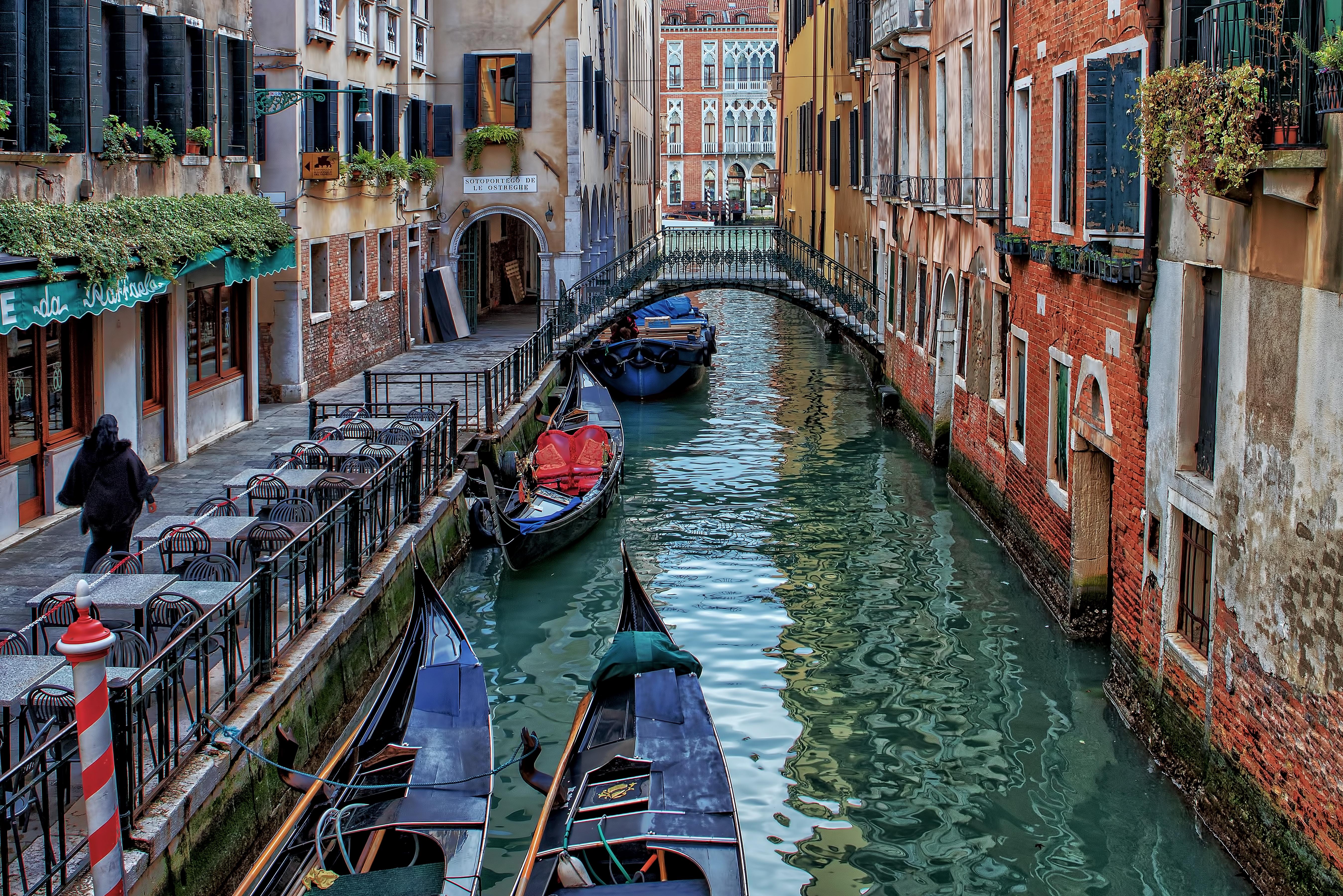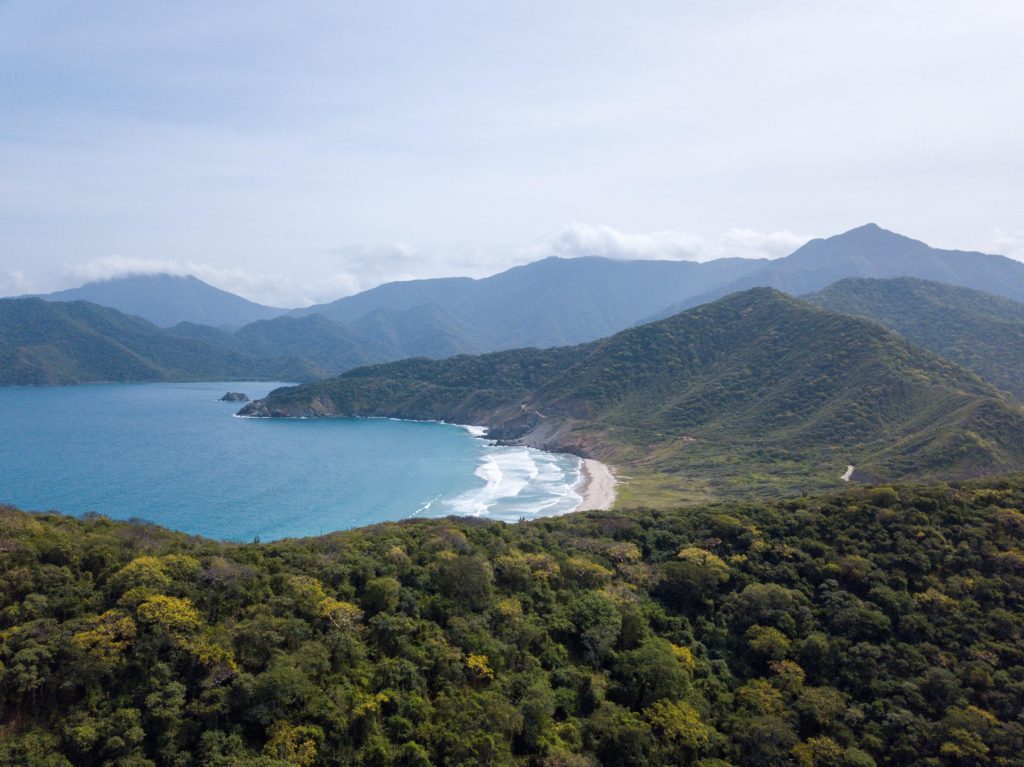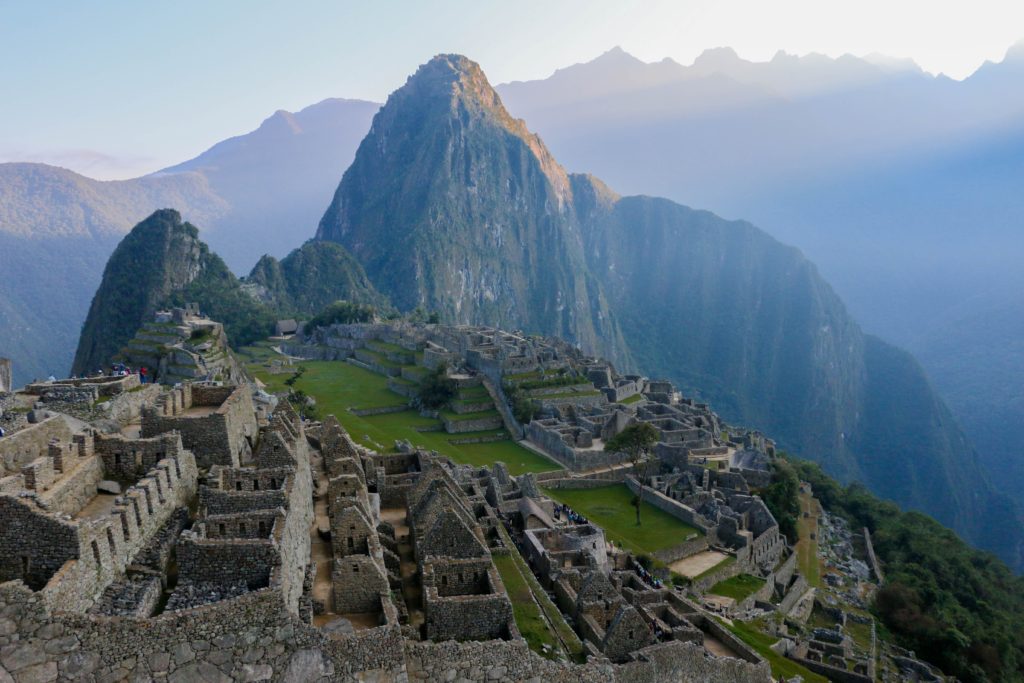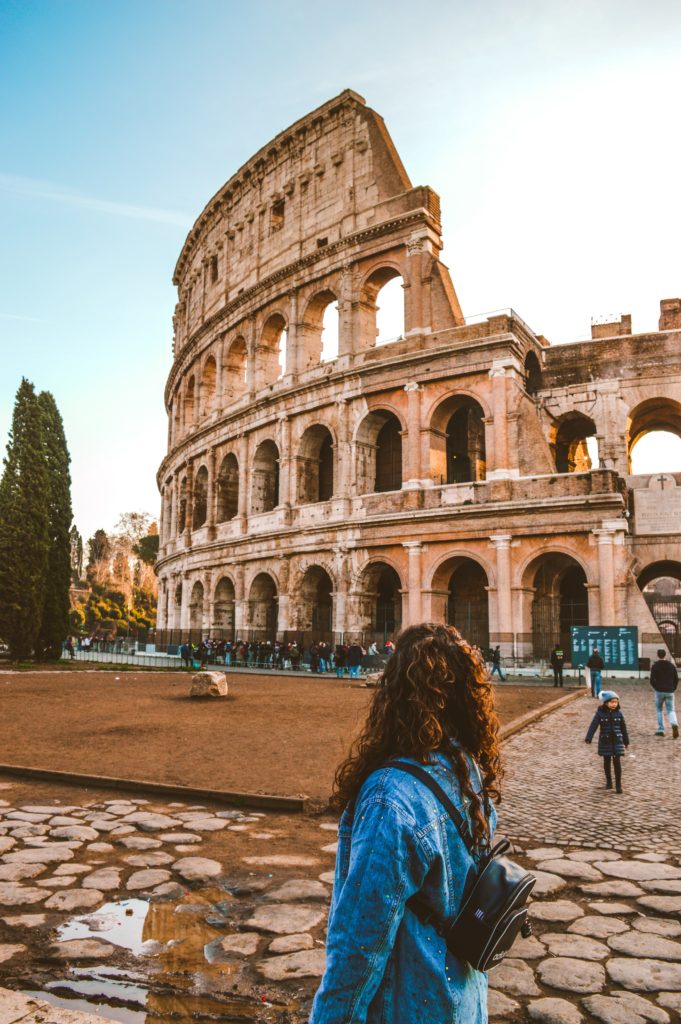Sustainable travel is an aspiration for many, but turning it into practice can be trickier.
Let’s look at what it actually means, the common challenges faced by Destination Management Organizations (DMOs), brands, and travelers.
Why is it often more talk than action, and how can we change that?
Content Overview
⦁ Sustainable travel is more important than ever
⦁ What is sustainable travel?
⦁ How has sustainable travel evolved?
⦁ Why is sustainable travel easier said than done?
⦁ How can we change?
Sustainable travel is more important than ever
In 2019, international tourist arrivals reached 1.5 billion, a 4% increase from 2018. Venice alone welcomed around 30 million tourists, significant for a town with a population of 50,000.
In 2023, tourist numbers are bouncing back to similar levels as before the pandemic.
The surge in travel, or more importantly, how we travel, is contributing to a growing concern.
- A report by the United Nations World Tourism Organization (UNWTO) indicated that 68% of surveyed destinations expressed worries about overcrowding, infrastructure challenges, and environmental impact due to tourism
- UNESCO reports that tourism growth is impacting cultural sites and heritage worldwide
- Many local communities are protesting as big crowds make it hard to live as usual
- At the same time, the world is full of underrated places with untapped potential for visitor and resident growth. According to a Booking study, 40% are willing to travel outside of peak season. 31% would be open to an alternative to their preferred destination to help avoid overcrowding, while 42% struggle to find appealing destinations without crowds
These are just a few of many statistics that highlight the challenges travelers and destinations are facing, prompting a need to reconsider how we explore and preserve our planet.
This is where sustainable travel and tourism comes in.
What is sustainable travel?
Sustainable travel, often referred to as responsible travel or eco-travel, evolves around minimizing the negative impacts of travel on the environment, society, and culture while maximizing the benefits.
Although it might seem pretty straightforward, defining it can be a bit complex. Several organizations and authorities have their interpretations:
- The United Nations World Tourism Organization (UNWTO) defines sustainable tourism as “tourism that takes full account of its current and future economic, social, and environmental impacts, addressing the needs of visitors, the industry, the environment, and host communities”
- The International Union for Conservation of Nature (IUCN) focuses on biodiversity conservation, defining it as “tourism that supports conservation efforts and at the same time sustains the livelihoods and culture of local communities and involves responsible travel to natural areas”
- The Global Sustainable Tourism Council (GSTC) presents a set of criteria and indicators for sustainable tourism, emphasizing destination management, community involvement, and environmental protection
To simplify, sustainable travel is about making sure tourism benefits not only travelers and the hospitality industry but also the environment, local communities, and cultural heritage. Now and in the future. It’s about finding a balance that preserves the natural beauty and uniqueness of places while ensuring they remain accessible for future generations.
How has sustainable travel evolved?
Sustainable travel isn’t a new concept, but its importance has grown a lot lately. Many factors contribute, such as:
- Growing awareness and environmental concern
As natural disasters, heat records, and more information about our impact become a part of the everyday, people think more about the consequences of their choices.
A 2022 Skift survey with 11,000 consumers in 11 markets found that 90 % look for sustainable options when traveling, and 70 % have avoided an option because they felt it wasn’t sustainable.
- A more holistic view
Sustainable tourism doesn’t only focus on environmental conservation, taking the train, and picking an eco-friendly Airbnb, but also on protecting cultural heritage, traditions, and the well-being of local communities.
- Regulations and certifications
Governments and organizations have implemented regulations and certification programs to encourage sustainable practices. These provide guidelines for businesses and help travelers identify sustainable options.
- Innovation and technology
Tech advancements have made it easier to track and reduce environmental impacts. From energy-efficient accommodations to tools and technologies like AI and VR that help promote sustainable travel.
- A growing emphasis on destination management and planning
Communities and local authorities have started to collaborate more to ensure that tourism benefits are distributed and that infrastructure is developed sustainably. Places are also experimenting with tactics to make sure that prices don’t rise too much for locals and reduce the number of visitors to hotspots.
As the concept of sustainable travel continues to evolve, its focus goes beyond the “leave no trace” slogan, to proactively take care of natural and cultural resources.
Why is sustainable travel easier said than done?
Most of us know we should, and many destinations say they want to be more sustainable, but don’t act on it. Let’s look at the most common reasons.
Challenges for Destination Management Organizations (DMOs) and brands
- Economic dependence
Some destinations rely heavily on mass tourism, making it challenging to embrace sustainable practices that might reduce visitor numbers or spending patterns, potentially leading to short-term economic losses.
- Resource constraints
Implementing sustainable practises, especially when transitioning from mass-tourism, often comes with big investments in infrastructure, education, and training. For some destinations, financial resources and expertise may be limited. Re-branding a destination as sustainable also requires marketing efforts and investments, which can be costly until results start to show.
- Resistance to change
Established businesses and stakeholders may resist moving to sustainable practices since they are afraid of disruptions to current operations and revenue streams. And by all means, many will have to transform their complete business models, lose revenue, and some won’t fit into a more sustainable reality.
- Short-term wins over long-term benefits
Government priorities and regulations strongly influence the hospitality industry. When governments and DMOs prioritize quick economic gains over long-term sustainability, it slows down progress. While many private initiatives are passionate about sustainability, they often lack budgets.
- Visitor demand
If people continue to prioritize low-cost, high-impact travel experiences, it can be challenging for destinations to shift. There is a strong movement in the hospitality industry now centered around designing experiences and a reality good for our community and destination, rather than waiting for more customers to demand it. To take lead and make sustainable the default.
- Lack of awareness or belief in the potential
Many DMOs still don’t fully grasp the long-term benefits of sustainable travel or underestimate the economic potential of making the shift.
Challenges for travelers
- Convenience and few options
Sustainable travel still often translates to more effort and time. From finding eco-friendly accommodations to using public transport, avoiding single-use plastics, or taking a boat for two weeks instead of a 7-hour flight.
When it’s convenience vs. sustainability, convenience often wins. The real problem here is usually a lack of smooth, sustainable options. This is especially common in underdeveloped areas. Many travelers also prioritize short-term comfort before long-term sustainability results.
- Too expensive
From food to accommodation, sustainable options can be costlier. While this starts to change, budget can stop some from making sustainable choices.
- Cultural differences
The view on sustainability varies between places due to cultural norms and regulations, which sometimes can make it difficult and confusing to know what to follow, or stick to your beliefs no matter where you are.
- No infrastructure
Some regions lack the necessary infrastructure for sustainable practices, such as recycling or clean energy sources, limiting options.
- Lack of awareness and mindset
Some people may not think of the impact of their choices. This can be due to a lack of information or just other priorities. Breaking old habits also requires effort and a willingness to change. Many have the mindset that “my actions don’t make a big difference.”
How can we change?
Despite these challenges, there are examples of destinations successfully transitioning to sustainable tourism models. Success stories often involve collaboration between governments, businesses, and local communities, as well as a big mindset shift with a commitment to balancing short-term economic interests with long-term sustainability.
It’s a complex process that requires careful planning, education, and strategic investments to achieve a tourism industry that is both sustainable and economically viable.
While it isn’t easy, it’s necessary – and exciting!
Sustainable travel comes with many challenges, as well as exciting opportunities for more meaningful and unique experiences. As we move forward, it won’t be enough to just acknowledge that we need it. We need to raise the standard and re-define what successful tourism looks like. It’s about time to move away from a model centered around visitor numbers only to a holistic perspective more focused on the local community and authentic experiences.
It’s a lot about a mindset shift and experiments with a focus on collaboration and long-term impact before quick revenue. While it likely will come with some financial losses at first, it’s the only way if we want to maintain amazing places, vibrant communities, and continue to explore in the future.
Sounds like a worthwhile investment, don’t you think?
Ready for strategies and input for travel brands and DMOs on how to move more toward sustainable travel? We got you covered with this post!



 Photo credit:
Photo credit:  Photo credit:
Photo credit:  Photo credit:
Photo credit:  Photo credit:
Photo credit:  Photo credit:
Photo credit:  Photo credit:
Photo credit:  Photo credit:
Photo credit:  Photo credit:
Photo credit: 




0 Comments